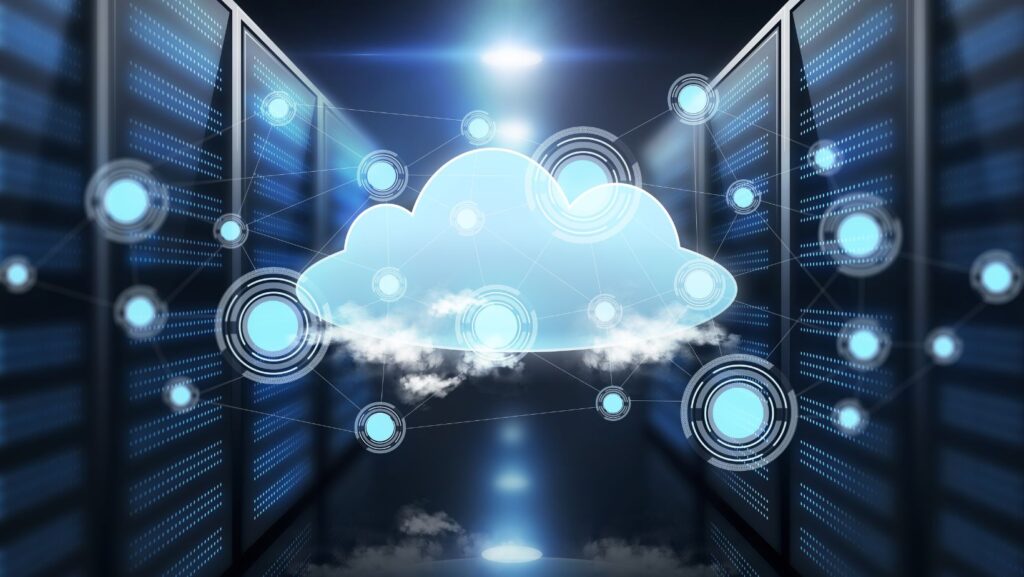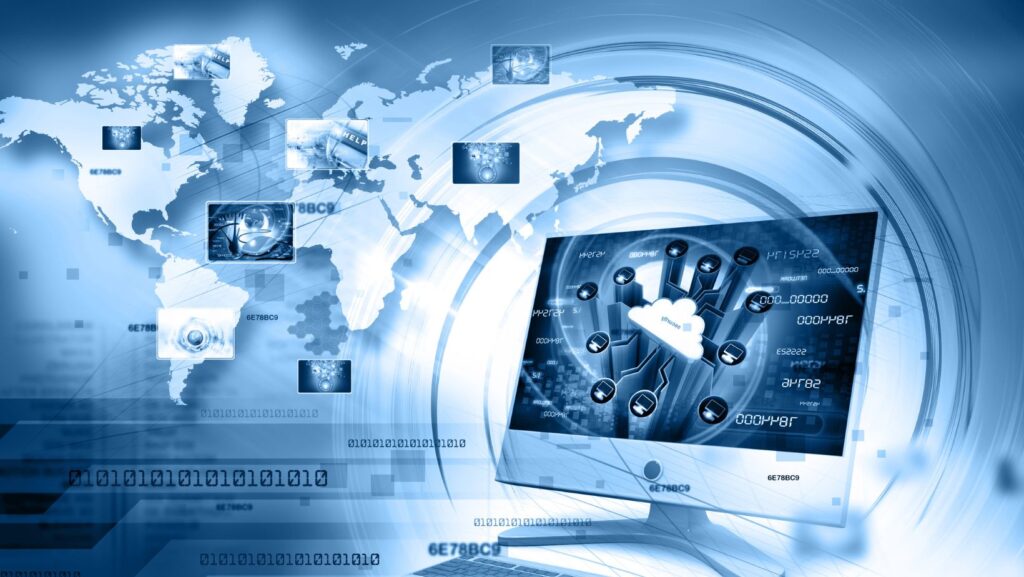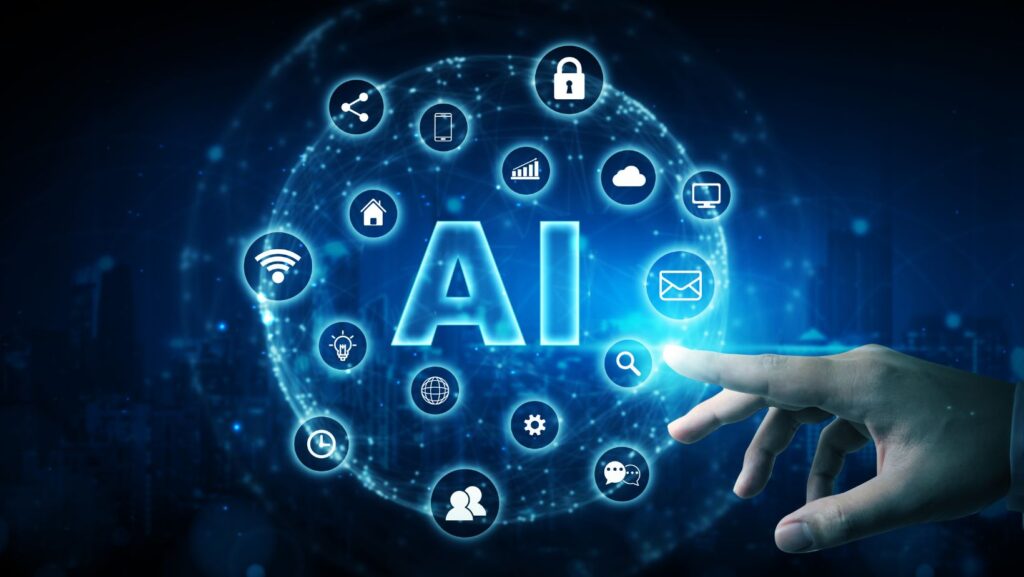How 5G Technology Is Driving Investment in the Tech Sector
Every few years, a tech breakthrough promises to reshape the world, and right now, it’s 5G. This fifth generation of wireless technology offers more than faster downloads and smoother streaming; it’s driving innovation and investment across the tech sector. Companies are quickly adapting to their potential, sparking interest across industries. Why 5G Is a Game-Changer Before diving into investments, it’s important to understand why 5G is more than just an ordinary upgrade. It’s not just about faster app downloads; 5G is transforming how data moves, powering technologies limited by slower networks. Autonomous vehicles, for example, rely on near-instant communication with other vehicles and infrastructure, made possible by 5G’s ultra-low latency and high capacity. The same applies to remote surgeries, smart cities, and gaming. These innovations are drawing investors’ attention as they look to what’s next. Interestingly, shifts like these can also make us think of other financial terms, like what is a short squeeze. While seemingly unrelated, both represent market dynamics that are tipped into motion when something unexpected or game-changing occurs. For investors, 5G is that game-changer today. It’s altering industries, forcing companies to rethink strategies, and creating new opportunities for growth. Industries Racing to Capitalize on 5G It’s no surprise that telecommunications companies are leading the charge when it comes to 5G investment. After all, they’re the ones building out the infrastructure. But what’s interesting is how many other industries are jumping in to leverage this tech. Healthcare Imagine a surgeon performing a procedure on a patient located hundreds of miles away using robotic arms. With 5G, that’s not just science fiction anymore. The blazing-fast speeds and near-zero lag allow for real-time precision. Startups and established names in medtech are pouring in capital to make sure they’re riding this wave. Automotive The push for self-driving cars has plateaued in recent years, but 5G offers a much-needed burst of momentum. Autonomous vehicles need networks that can handle massive amounts of data quickly, which is exactly what 5G provides. This is encouraging automakers and tech firms alike to turbocharge their R&D efforts. The Investment Gold Rush It’s not just companies at the top of the food chain benefiting from 5G. The technology is opening doors for startups and smaller firms that might not have stood a chance in a world dominated by slower networks. Startups and Innovation Think about it. A decade ago, developing a streaming platform was a monumental task. With today’s capabilities, someone with a great idea and a small team could innovate around livestreaming, edge computing, or IoT devices. 5G levels the playing field. Investors are eagerly pouring resources into these fledgling companies, hoping to strike gold. Venture Capital Interest Venture capital firms are really excited about industries powered by 5G. Lately, there’s been a clear increase in VC funding for areas like connected devices, artificial intelligence, and remote work tech. These aren’t just passing fads—they’re pointing to big, long-term changes in how we live and work. Challenges and Opportunities Admittedly, rolling out 5G isn’t without its challenges. Building and maintaining the infrastructure is expensive. For every headline about a company investing in 5G, there’s a quieter story about regulatory hurdles, spectrum allocation, and rural connectivity gaps. Still, where challenges exist, so do opportunities. Companies capable of addressing these bottlenecks stand to gain in both revenue and influence. And for individual investors? While you may not be laying down fiber cables or designing 5G-ready software, keeping an eye on the players making a splash in this space could pay off. Tech ETFs with a focus on telecom and innovation are particularly popular. Final Thoughts 5G technology is more than just faster internet. It’s enabling the next wave of breakthroughs across nearly every aspect of our lives. From startups to global corporations, the investment pouring into this space reflects its potential to transform industries at lightning speed. For anyone keeping an eye on where tech is headed, one thing is clear: 5G isn’t just a buzzword. It’s a movement. And it’s only just beginning.
How 5G Technology Is Driving Investment in the Tech Sector Read More »










